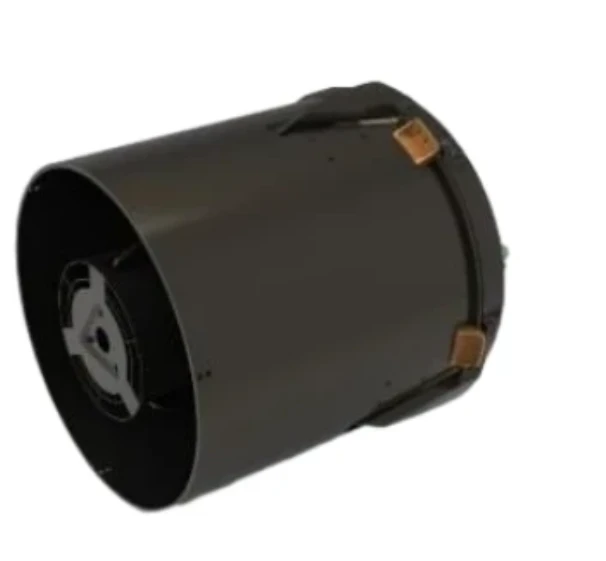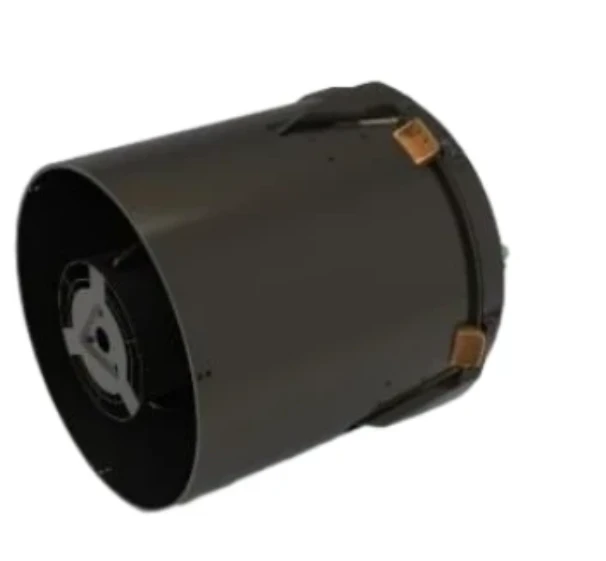
- Afrikaans
- Albanian
- Amharic
- Arabic
- Armenian
- Azerbaijani
- Basque
- Belarusian
- Bengali
- Bosnian
- Bulgarian
- Catalan
- Cebuano
- China
- Corsican
- Croatian
- Czech
- Danish
- Dutch
- English
- Esperanto
- Estonian
- Finnish
- French
- Frisian
- Galician
- Georgian
- German
- Greek
- Gujarati
- Haitian Creole
- hausa
- hawaiian
- Hebrew
- Hindi
- Miao
- Hungarian
- Icelandic
- igbo
- Indonesian
- irish
- Italian
- Japanese
- Javanese
- Kannada
- kazakh
- Khmer
- Rwandese
- Korean
- Kurdish
- Kyrgyz
- Lao
- Latin
- Latvian
- Lithuanian
- Luxembourgish
- Macedonian
- Malgashi
- Malay
- Malayalam
- Maltese
- Maori
- Marathi
- Mongolian
- Myanmar
- Nepali
- Norwegian
- Norwegian
- Occitan
- Pashto
- Persian
- Polish
- Portuguese
- Punjabi
- Romanian
- Russian
- Samoan
- Scottish Gaelic
- Serbian
- Sesotho
- Shona
- Sindhi
- Sinhala
- Slovak
- Slovenian
- Somali
- Spanish
- Sundanese
- Swahili
- Swedish
- Tagalog
- Tajik
- Tamil
- Tatar
- Telugu
- Thai
- Turkish
- Turkmen
- Ukrainian
- Urdu
- Uighur
- Uzbek
- Vietnamese
- Welsh
- Bantu
- Yiddish
- Yoruba
- Zulu
What Defines the Role and Variety of Microstrip Antennas in Modern Communication?
In the rapidly evolving landscape of wireless technology, microstrip antennas have emerged as critical components due to their compact size, design flexibility, and efficiency. Terms such as microstrip dipole antenna, microstrip line antenna, microstrip microwave antennas, microstrip monopole antenna, and microstrip patch antenna array represent distinct configurations within this category, each tailored to specific communication needs. Understanding their characteristics and applications is essential for optimizing wireless system performance.
Understanding the Design and Utility of Microstrip Dipole Antenna
A microstrip dipole antenna combines the simplicity of a traditional dipole with the planar structure of microstrip technology. This antenna features two conductive arms printed on a dielectric substrate, offering a balanced radiation pattern and moderate bandwidth. In applications requiring omnidirectional coverage, such as Wi - Fi routers or IoT devices, the microstrip dipole antenna provides reliable signal transmission across a wide angular range. Its compact form factor makes it suitable for integration into small - scale electronic devices, where space constraints are critical. Engineers often optimize the arm length and substrate properties to achieve resonance at specific frequency bands, ensuring efficient power radiation and reception.
Examining the Structure of Microstrip Line Antenna
A microstrip line antenna leverages the guiding properties of microstrip transmission lines to radiate electromagnetic waves. Unlike traditional wire antennas, this type uses a narrow conductive strip on one side of a dielectric substrate, with a ground plane on the other. The antenna’s radiation occurs at the open end or along the edges of the microstrip line, making it suitable for applications that require linear polarization and moderate gain. In microwave communication systems, microstrip line antennas are often used in point - to - point links or as feed structures for larger antenna arrays, providing precise control over signal direction and impedance matching. Their planar design facilitates easy integration with other microwave components, enhancing system compactness and reliability.
Analyzing the Scope of Microstrip Microwave Antennas
Microstrip microwave antennas encompass a broad category of antennas designed to operate at microwave frequencies (300 MHz to 300 GHz). These antennas, which include patch, dipole, and array configurations, are valued for their low profile and compatibility with printed circuit board (PCB) technology. In radar systems or satellite communications, microstrip microwave antennas enable high - frequency signal transmission with minimal loss, thanks to their precise fabrication and material selection. Dielectric substrates with low loss tangent are often used to enhance performance at these frequencies, ensuring that the antennas maintain efficiency even in challenging electromagnetic environments. The ability to tailor radiation patterns through slotting, trimming, or adding parasitic elements makes microstrip microwave antennas versatile for diverse high - frequency applications.
The Functionality of Microstrip Monopole Antenna
A microstrip monopole antenna is a single - element radiator that combines the simplicity of a monopole with microstrip feed techniques. This antenna features a single conductive strip or patch connected to a ground plane via a microstrip line, offering unidirectional radiation and high gain in a specific direction. In mobile devices such as smartphones or tablets, the microstrip monopole antenna is often used to transmit and receive signals in cellular bands, where its compact size and efficient radiation pattern help overcome space limitations. By adjusting the length and shape of the monopole element, engineers can tune the antenna to operate across multiple frequency bands, supporting the multi - band requirements of modern wireless standards.
Unveiling the Potential of Microstrip Patch Antenna Array
A microstrip patch antenna array consists of multiple patch elements arranged in a specific configuration to achieve enhanced gain, directivity, or beam - steering capabilities. Each patch element is a rectangular or shaped conductive patch on a dielectric substrate, and their collective radiation creates a focused beam. In applications such as 5G base stations, satellite communications, or radar imaging, microstrip patch antenna arrays enable precise control over the radiation pattern, allowing for beamforming to improve signal strength in targeted directions. The modular design of these arrays facilitates scalability—adding more elements can increase gain or enable spatial multiplexing, making them ideal for high - performance wireless systems that require directional communication and interference mitigation.
FAQ: Key Insights into Microstrip Antenna Design and Use
What Factors Influence the Choice Between Microstrip Dipole and Monopole Antennas?
The choice between a microstrip dipole antenna and a microstrip monopole antenna depends on radiation pattern requirements and space availability. Dipole antennas offer balanced, omnidirectional radiation, suitable for applications needing uniform coverage, while monopole antennas provide unidirectional gain, ideal for directional communication in devices with a ground plane constraint. Consider factors such as frequency band, polarization, and form factor—monopoles are often smaller but require a ground plane, whereas dipoles offer symmetry without strict ground plane dependencies.
How Do Microstrip Patch Antenna Arrays Achieve Beam Steering?
Microstrip patch antenna arrays achieve beam steering through phase control of individual elements. By applying different phase shifts to each patch element, the array can focus the radiation beam in a specific direction. This is typically done using phase shifters or by adjusting the feed network, enabling dynamic beamforming in applications like adaptive radar or satellite communications. The ability to electronically steer the beam without mechanical movement enhances reliability and speed compared to traditional parabolic antennas.
What Challenges Arise When Designing Microstrip Microwave Antennas?
Designing microstrip microwave antennas involves overcoming challenges such as dielectric loss, impedance matching, and size constraints at high frequencies. At microwave bands, even slight losses in the dielectric substrate can degrade performance, requiring careful selection of low - loss materials. Impedance matching becomes critical to minimize signal reflections, often requiring complex feed structures or matching networks. Additionally, the physical size of the antenna decreases with frequency, making fabrication precision and tolerance control essential to avoid performance deviations.
Can Microstrip Antennas Be Used in High - Power Applications?
While microstrip antennas are commonly used in low - to - medium - power applications, their use in high - power scenarios requires careful consideration. The dielectric substrate and conductive material must withstand high electric fields to prevent arcing or thermal damage. Thick substrates with high power - handling capabilities and robust conductive layers (e.g., copper with increased thickness) are often employed. In some cases, air - substrate or suspended microstrip designs are used to reduce dielectric losses and improve power tolerance, making microstrip antennas viable for moderate - power microwave systems.
What Are the Primary Advantages of Microstrip Line Antennas Over Traditional Wire Antennas?
Microstrip line antennas offer several advantages over traditional wire antennas, including a planar structure that integrates seamlessly with PCBs, low profile for compact systems, and ease of fabrication using standard photolithography techniques. They also allow for precise control over radiation characteristics through substrate selection and geometric modifications, making them suitable for modern wireless devices where miniaturization and performance consistency are paramount. While wire antennas may offer higher efficiency in some cases, microstrip line antennas excel in integrated, space - constrained applications.











